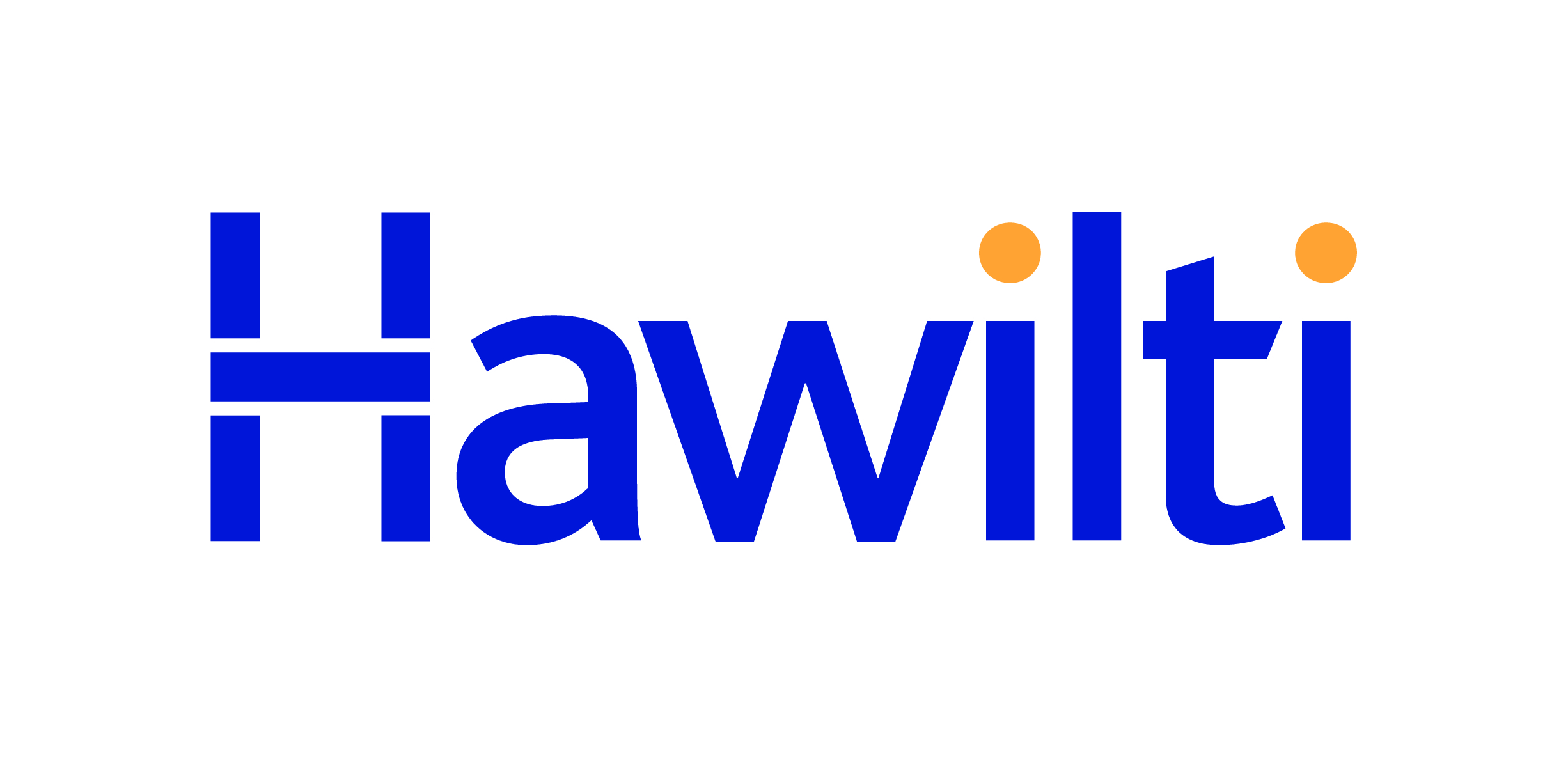Solar Power
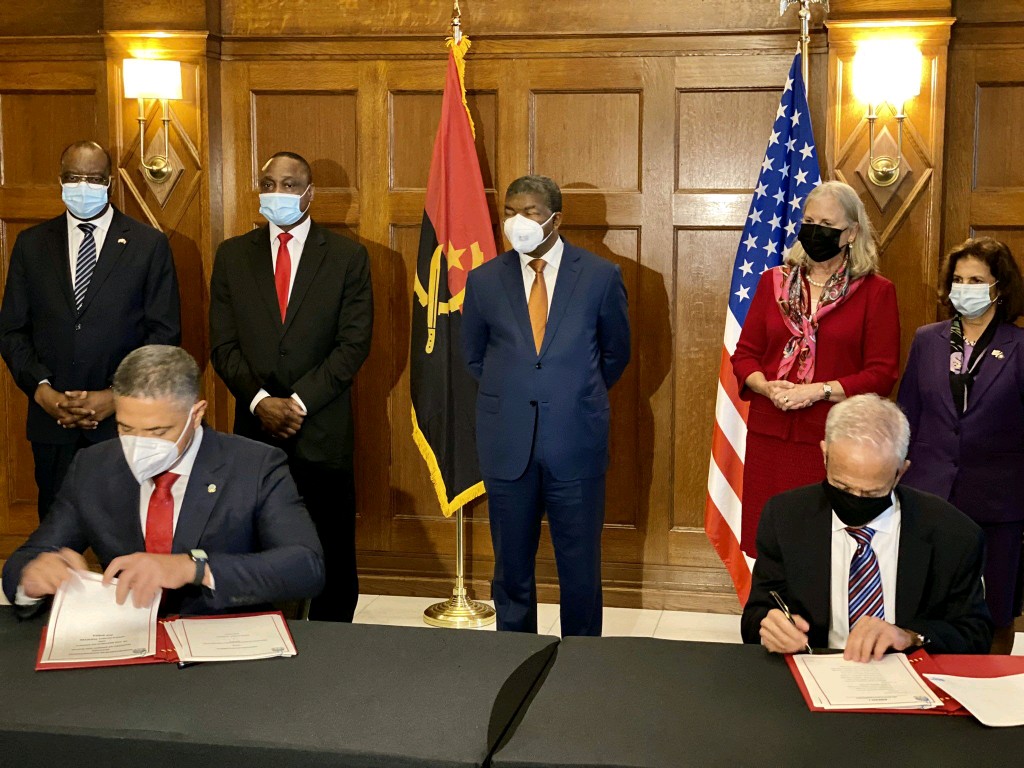
Sun Africa is mobilising over $2 bn for Angola’s solar industry
Earlier this year, the consortium of Sun Africa, MCA Solar Angola and Hitachi ABB Power Grids broke ground on 370 MW of solar PV projects in Angola. These are split across seven different facilities now under-construction, including the 188.88 MWdc Biopioa solar plant and the 96.70 MWdc Benguela solar plant. These are developed under a […]
Read more »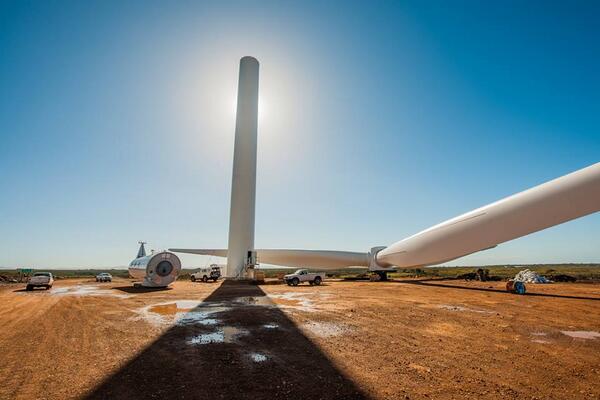
Globeleq completes ZAR 5.2bn refinancing for 238 MW in South Africa
Globeleq has announced the completion of a ZAR 5.2 billion debt financing package for three of its renewable energy facilities in South Africa: the 138 MW Jeffreys Bay Wind Farm, and the 50 MW De Aar Solar and 50 MW Droogfontein Solar plants. The transaction falls under the Department of Mineral Resources and Energy’s (DMRE) […]
Read more »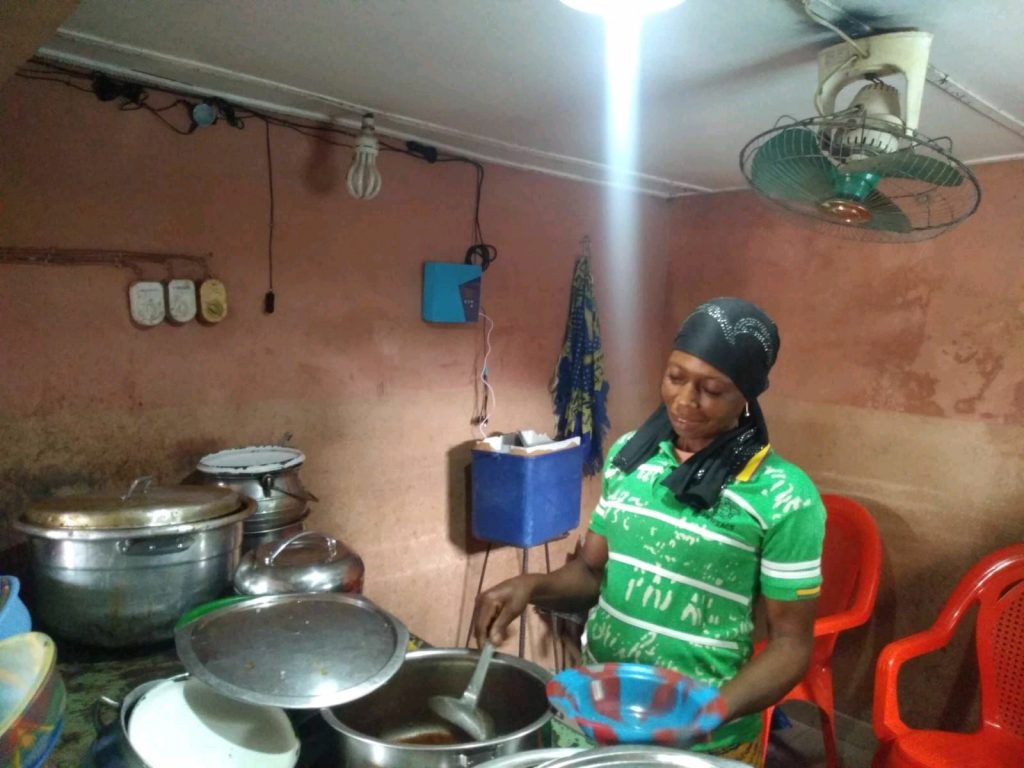
Advens Geocoton and Bboxx join hands to provide electricity to 2m Burkinabé
While Africa constitutes 17% of the world’s population, it only accounts for 6% of global primary energy consumption, according to 2018 data from the International Energy Agency (IEA). However, the continent is recording an ever-greater demand for energy, to support continued growth for more than two decades, interrupted only by the Covid-19 pandemic. To date, […]
Read more »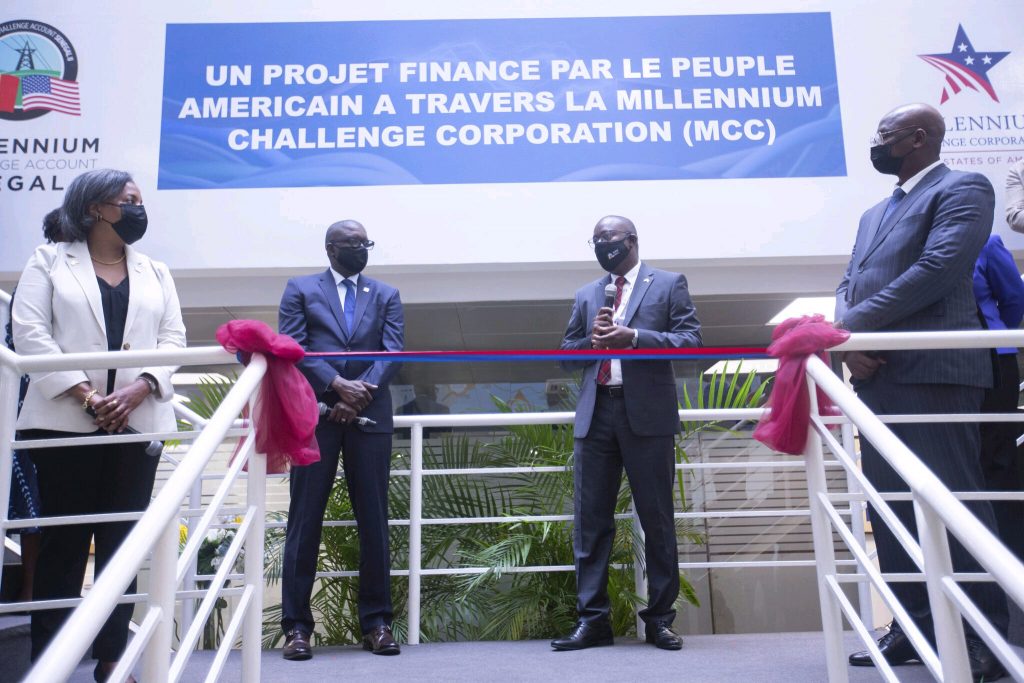
The U.S. commits $550m to boost Senegal’s electricity sector
On September 9, the U.S. Government’s Millennium Challenge Corporation (MCC) officially launched the $550 million MCC–Senegal Power Compact in Dakar. The five-year partnership had been signed since 2018 and will be completed by an additional $50 million commitment from the Government of Senegal. Investments will be made specifically in the strengthening of electricity networks in […]
Read more »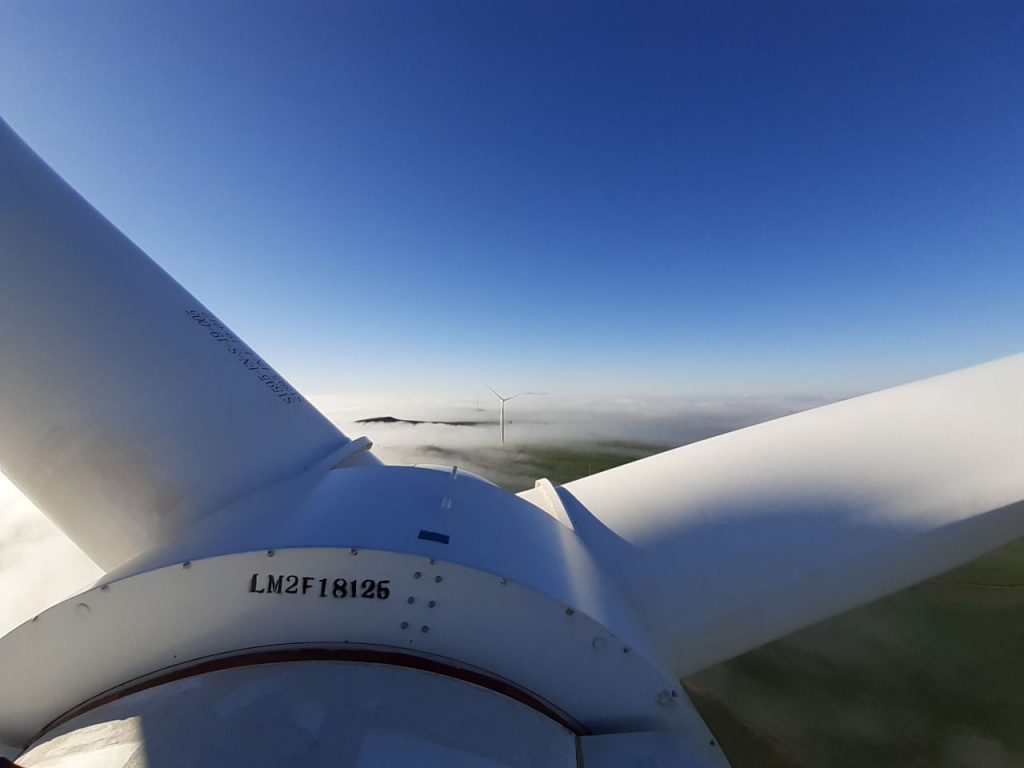
Why Africa’s energy transition is only happening in South Africa
In more ways than one, the concept of energy transition makes no sense for African countries. The energy transition model by which fossil fuels were going to be replaced with renewable energy emerged out of developed countries, where low population growth and few incremental energy needs have paved the way for new planning strategies to […]
Read more »